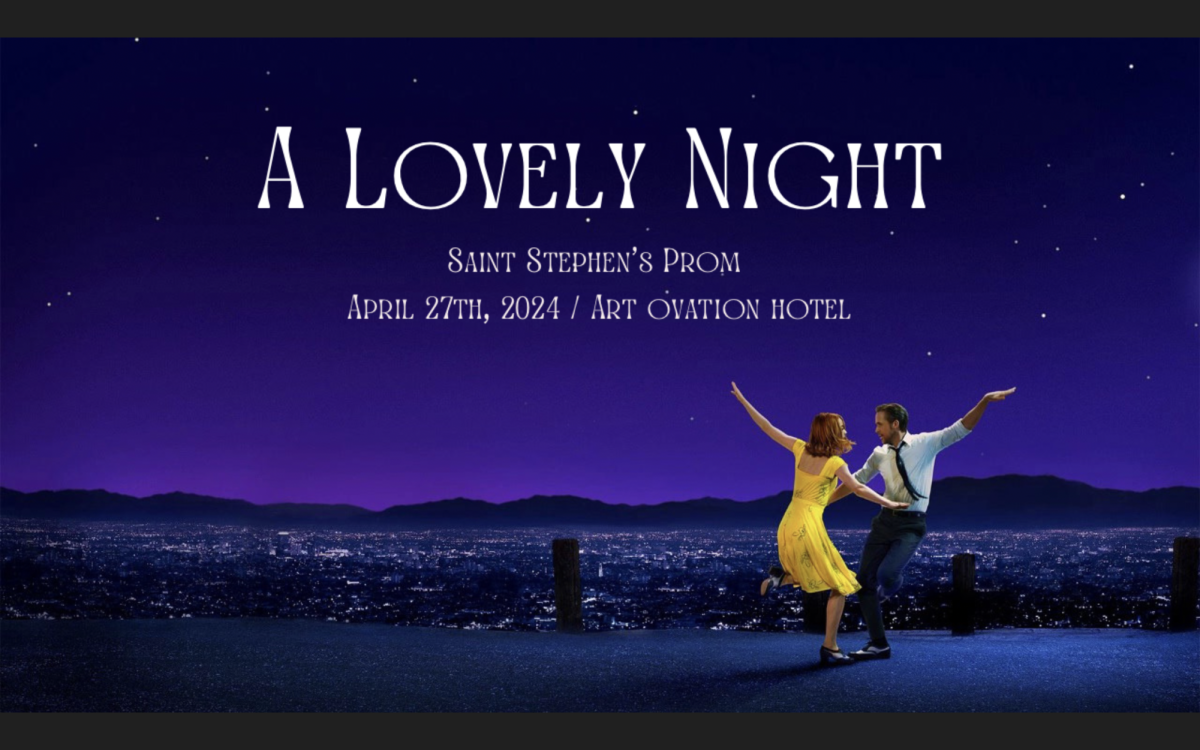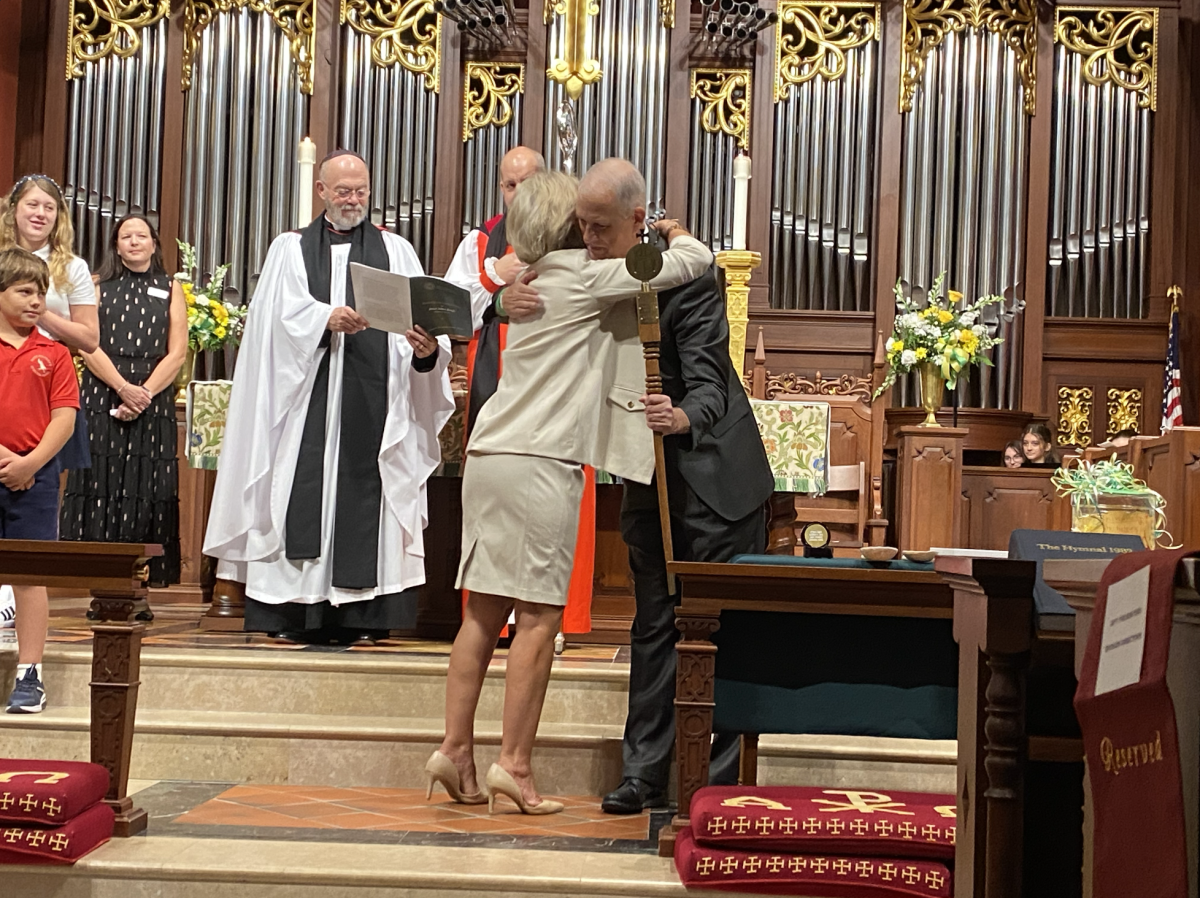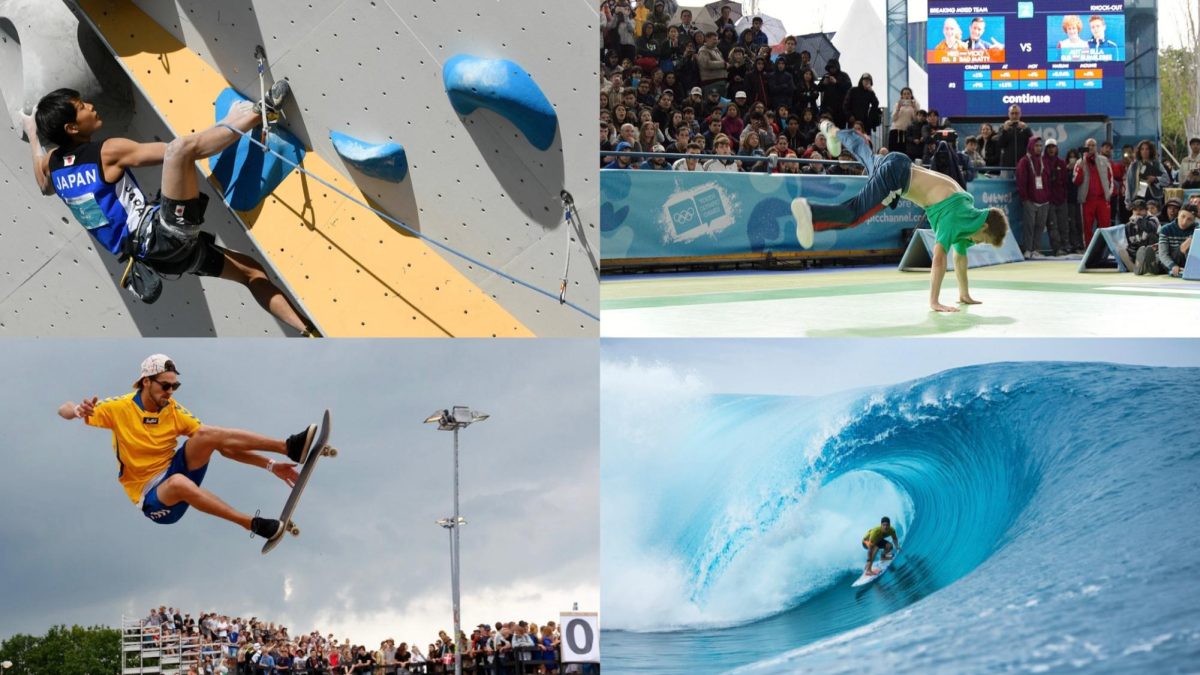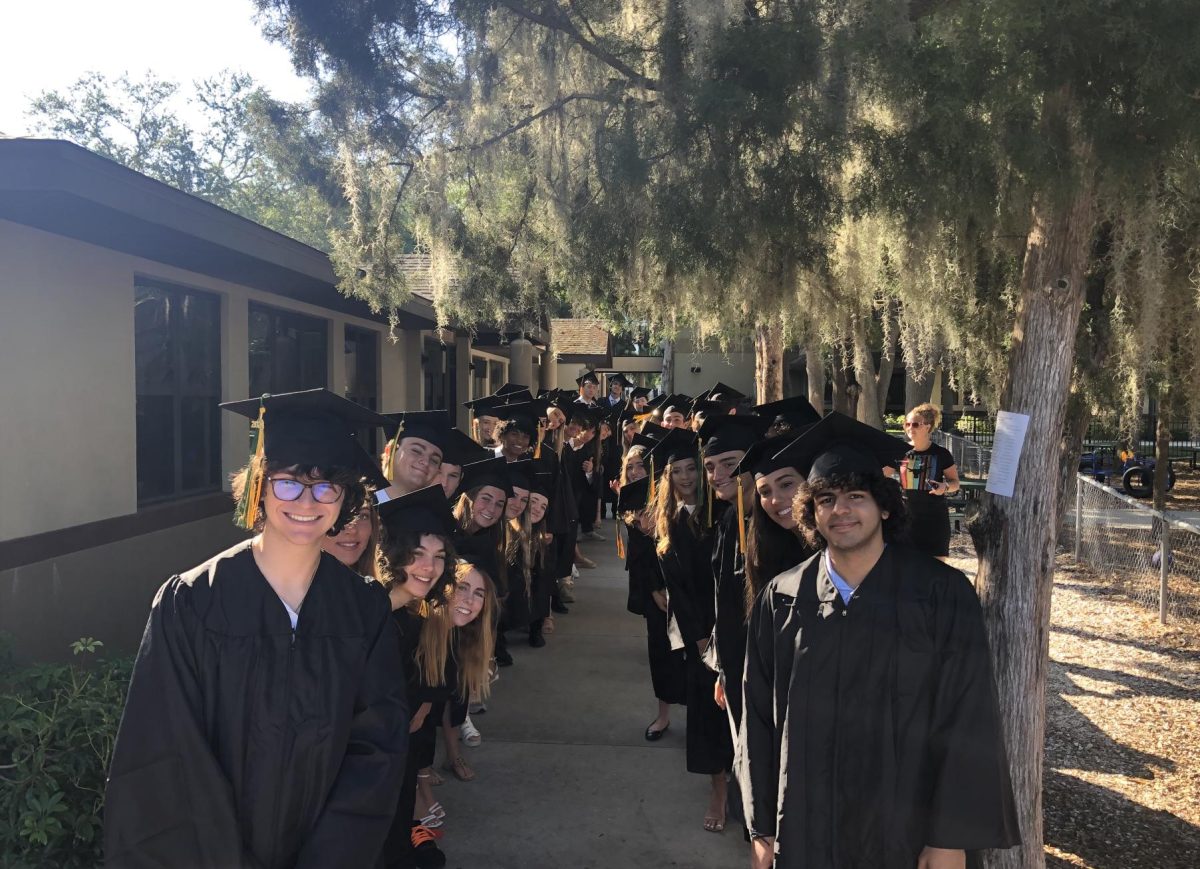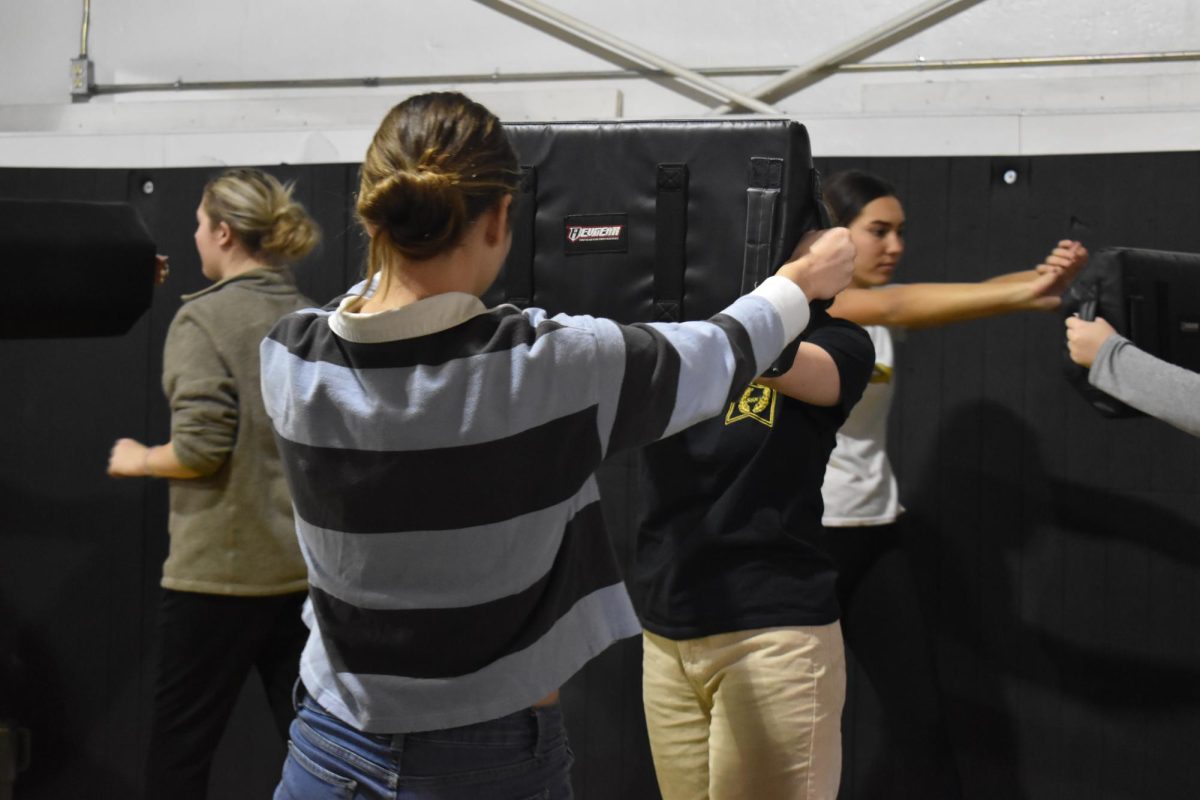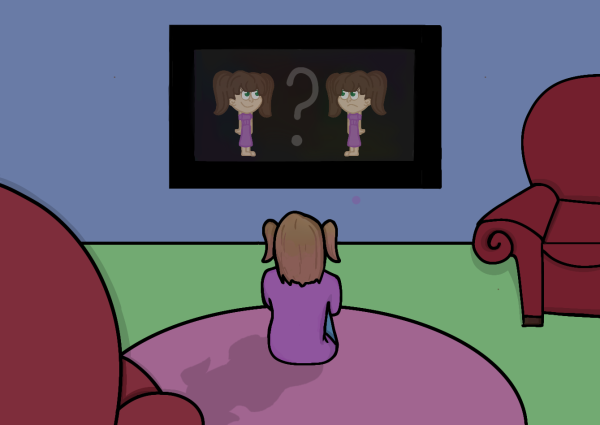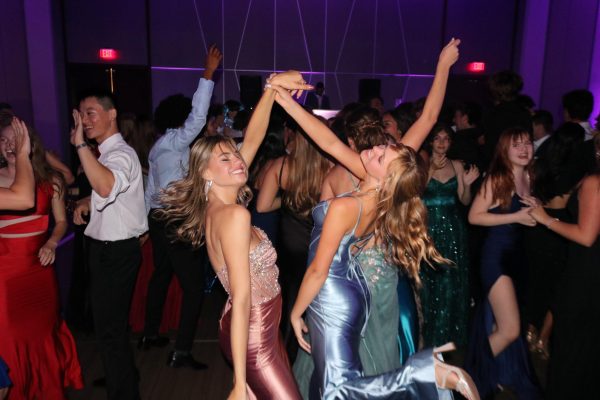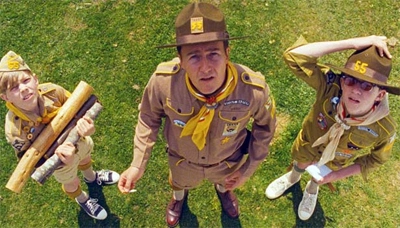Wes Anderson is a comedy, drama, and action film director known for movies like Fantastic Mr. Fox, Grand Budapest Hotel, and Asteroid City. His unique filming style, involving the use of planimetric composition, compass-point-filming, and realism, allows for a different experience in film watching. Anderson’s take on movie magic sets him apart from other directors, thus making him the best and most under-appreciated director of all time.
Anderson’s movie style has a distinct stillness that seems almost unnerving and unrealistic. This style is called Planimetric Composition. Planimetric Composition is the orientation of elements in a scene as flat planes relative to the character. (insert photo from Astroid City and Fantastic Mr Fox).
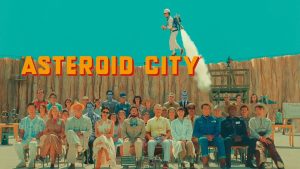
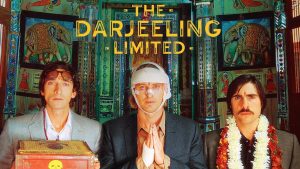
This style was not created by Anderson but rather popularized by him. He keeps the background of the shot relatively still and unmoving. This style is emphasized by having his characters run and move through these flat planes, which run parallel to the background. Using these flat planes, shown by the Grand Budapest Hotel, his characters either face the camera, face away from the camera, or perpendicular to the camera, never at an angle.
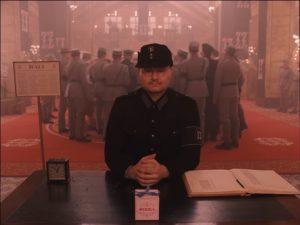
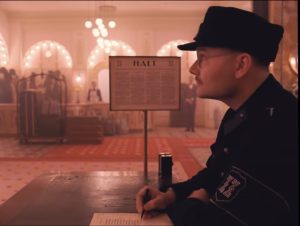
In another point of filming, Anderson uses a tactic called Compass Point Filming/Editing; this style forces the camera in movements of 90-degree turns or 180-degree increments.
This allows the director to keep the walls of the shots flat. This tactic may not be considered its own style, but rather a necessity to maintain Planimetric Composition. By using this tactic, it makes the viewer feel like the character knows you are present with them in the scene.
The idea of realism is present in most Anderson films, highlighted heavily in Grand Budapest Hotel, during Dmitri’s chase scene. As seen during that chase, the characters are simply walking down the hallway, Dmitri chasing Agatha, attempting to retrieve the painting justly stolen from his family. In reality, he is simply walking after her at an uncomfortable distance. This causes Agatha to turn the corner and begin to run. This way of filming is one that not many other directors use. The majority of filmmakers have one goal: to make the world in the film feel real, so the viewer accepts the reality of it.
Unlike other directors, Anderson seems to feel that there is no need to hide the fact that there is a director making the film. In other words, he sees no problem in breaking the fourth wall. This idea is evident during his movie Rushmore where the physical, real curtain of the stage is in the shot. This problem was brought up by Anderson’s manager when he said:
“‘I can tell there’s a curtain in a movie set there. It doesn’t help and it takes you out of the reality of the movie.’”
Anderson replies: “For me, often what might take somebody else out of it is what I think is just the most beautiful thing.”
This ties back to Anderson’s desire for the most unrealistic, realistic shot possible. These little details are easter eggs that Anderson seems so fond of leaving in his movies. Another fingerprint that Anderson left is in Isle of Dogs and Fantastic Mr. Fox; the way that the animal’s hair seems to be whimsical and waving in the wind, even when inside a building. This is due to Anderson’s choice to use real animal fur rather than synthetic fur, which wouldn’t’ve left that windy look and feel to the movie.
All of these intricately thought-out methods, manners of filming, and styles, point to the fact of Anderson’s brilliance. His use of the mostly unexplored Planimetric Composition creates a distinctive style that makes sure the viewer knows they are watching a Wes Anderson movie.
Along with his willingness to break the fourth wall, the result is that the viewer thinks about Anderson’s movies long after they’ve watched them. This post-watch thinking makes for a reason why Anderson is the most unique and under-appreciated director on the planet.
2



